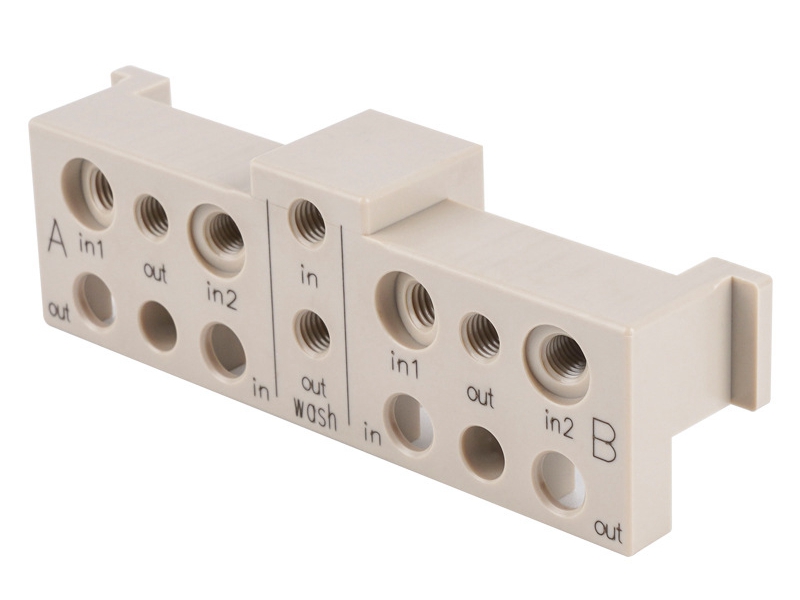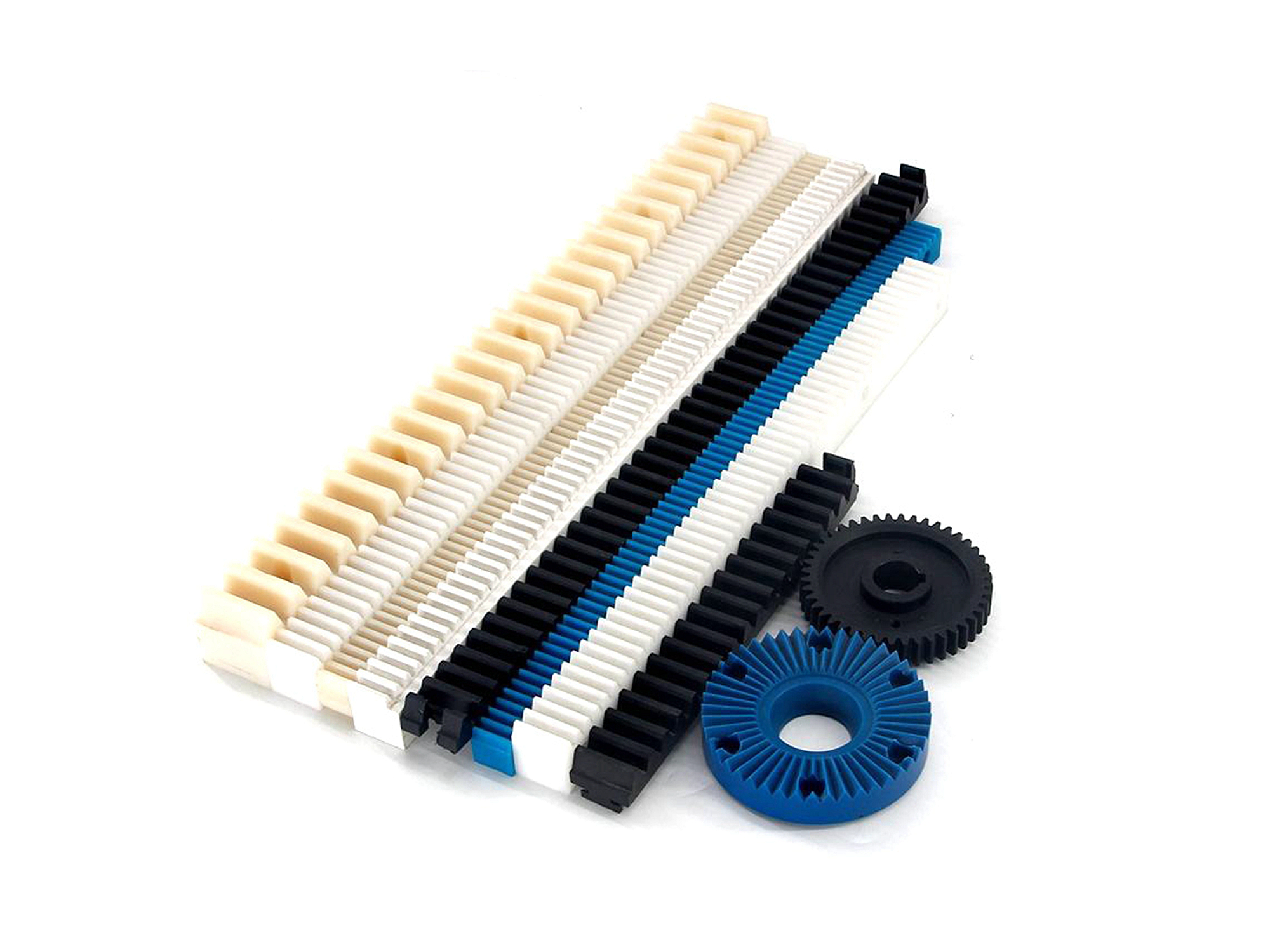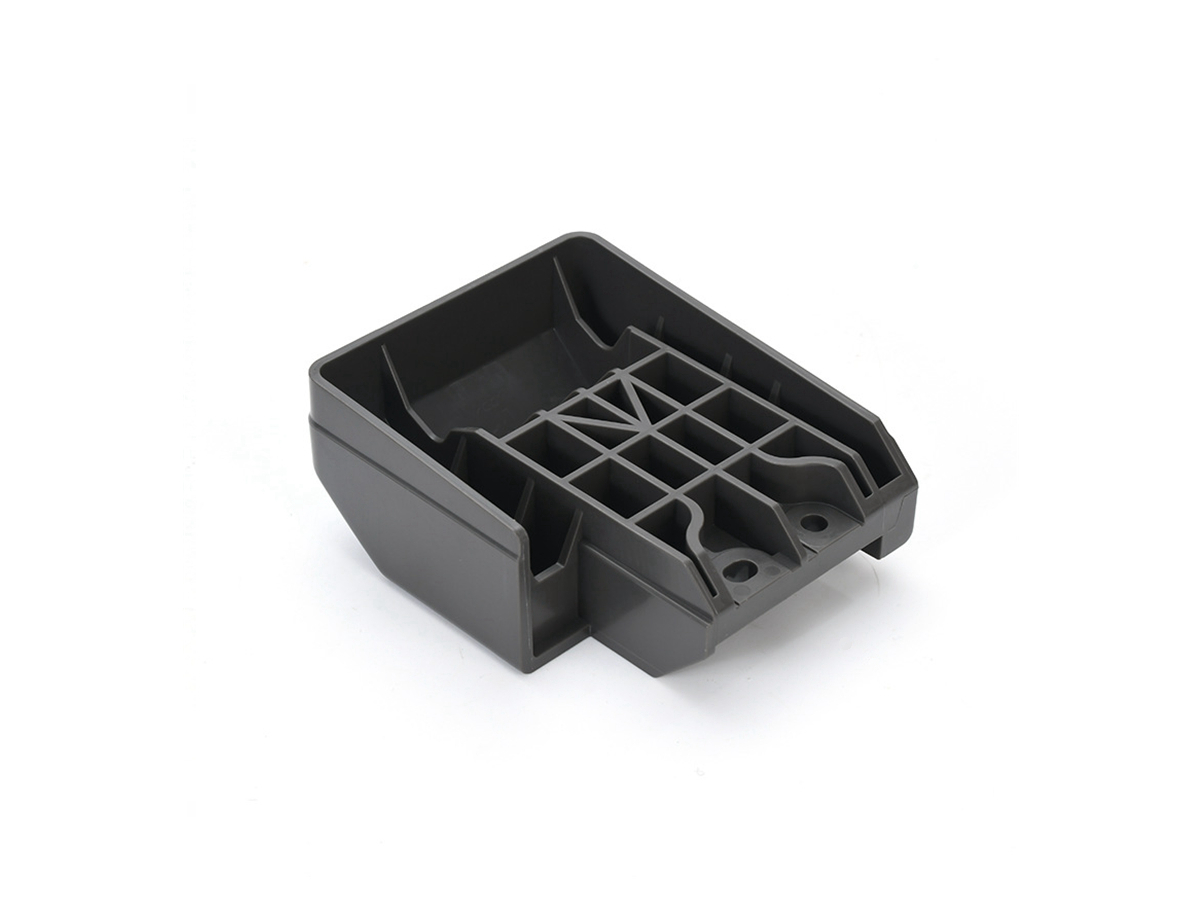Why do reinforced plastics (e.g. glass fiber reinforced) require more frequent tool changes?
Reinforced plastics, such as glass fiber-reinforced polymers (GFRP) or carbon fiber-reinforced polymers, are highly abrasive composite materials. While the plastic matrix is relatively soft, the reinforcing fibers are exceptionally hard and wear-resistant. For instance, glass fiber is harder than most high-speed steel tools. This creates a continuous sanding effect during CNC Machining, which rapidly degrades the sharp cutting edge through mechanical abrasion, necessitating more frequent tool changes to maintain part quality and dimensional accuracy.
Primary Wear Mechanisms: Abrasion and Thermal Degradation
1. Extreme Abrasive Wear The primary reason for rapid tool wear is the direct abrasion from the hard reinforcing fibers. Each time the cutting edge shears through the material, it encounters these hard, brittle fibers that scrape and micro-chip the tool's cutting edge. This is a particular challenge in processes such as CNC Milling and CNC Drilling, where the tool edge constantly engages new material. A dull tool exacerbates the problem by tearing the fibers instead of cleanly shearing them, resulting in a poor surface finish and subsurface damage.
2. Intermittent Cutting and Thermal Shock The structure of composites is non-homogeneous. The tool continuously alternates between cutting the soft polymer matrix and the hard, abrasive fibers. This intermittent cutting action subjects the tool to cyclical impacts and thermal shocks. In our Multi-Axis Machining Service for complex composites, managing this intermittent engagement is critical to controlling tool wear and preventing premature failure.
Tooling Strategies to Manage Wear
• Tool Material Selection: Solid carbide tools are the standard due to their superior hardness and wear resistance compared to high-speed steel. For highly abrasive composites, polycrystalline diamond (PCD) tipped tools offer the ultimate solution, as diamond is the hardest known material and provides an order-of-magnitude increase in tool life.
• Tool Geometry: Tools designed for composites typically feature highly positive rake angles and sharp, polished edges to cleanly shear the fibers with minimal pulling or tearing. Specialized geometries help reduce cutting forces and heat buildup.
• Surface Treatments & Coatings: While standard coatings like TiN can help, they are often quickly worn through by the abrasive fibers. A highly polished, uncoated carbide or PCD tool can sometimes be more effective by providing a smooth surface that minimizes friction and resin buildup.
Operational Considerations for Extended Tool Life
1. Optimized Speeds and Feeds: Using excessively high spindle speeds can generate enough heat to soften the polymer matrix, allowing abrasive particles to embed in the tool more easily. Conversely, speeds that are too low can increase rubbing. Finding the optimal balance is key.
2. Effective Dust Extraction: The machining of composites generates fine, abrasive dust. Effective vacuum extraction is crucial to prevent this dust from being recirculated and acting as a grinding compound between the tool and workpiece, further accelerating wear. This is a critical part of our Plastic CNC Machining Service protocol.
3. Consistent Tool Inspection: Implementing a rigorous tool inspection and replacement schedule is essential to prevent a worn tool from producing scrap parts. For high-volume production, our Mass Production Service relies on predictive tool life models to minimize downtime and ensure consistent quality.



